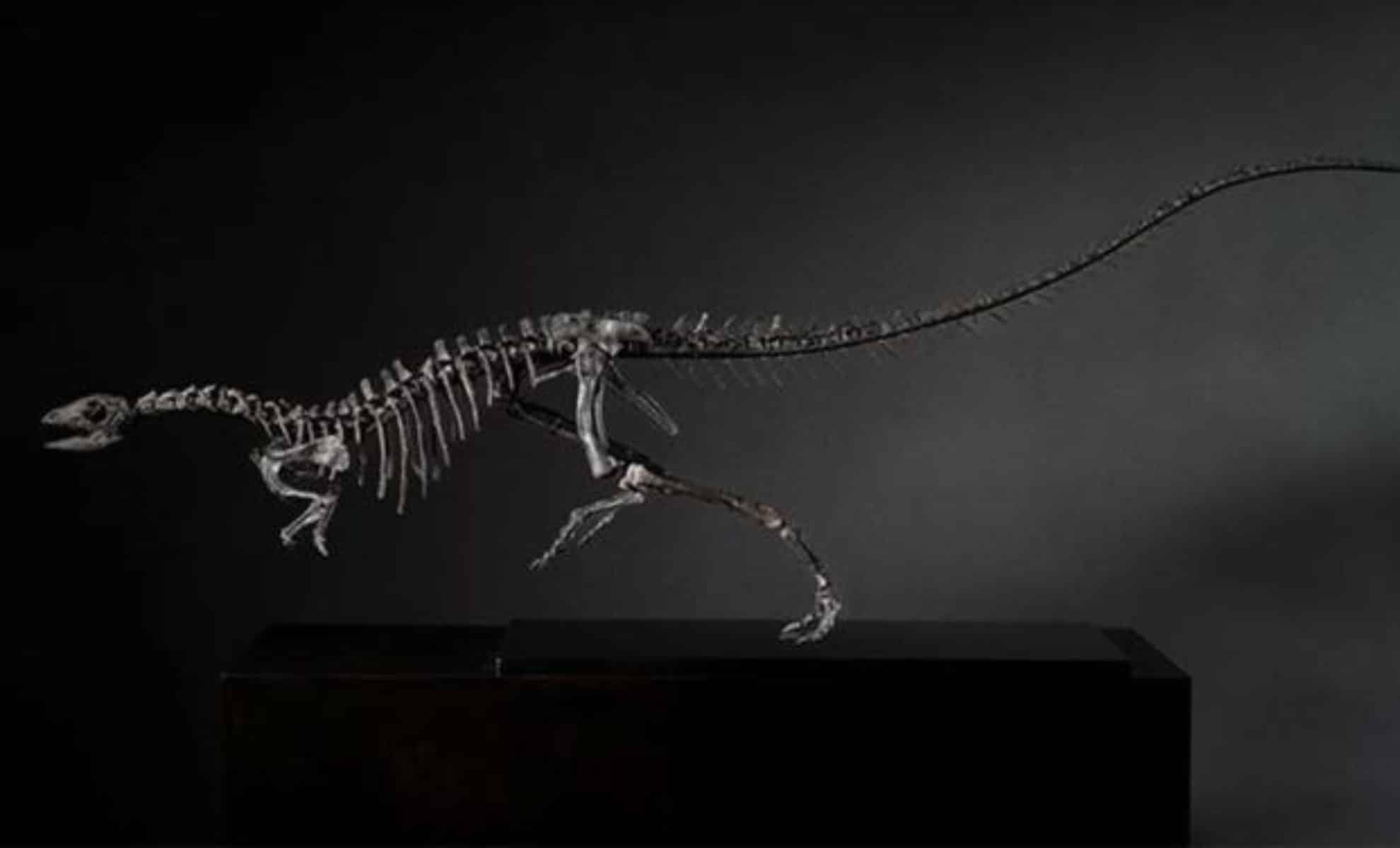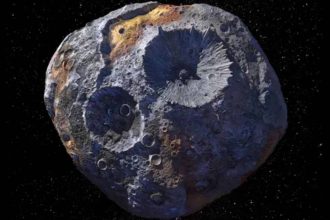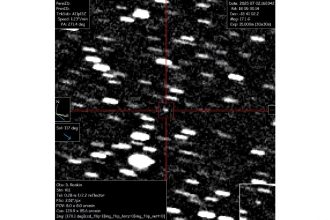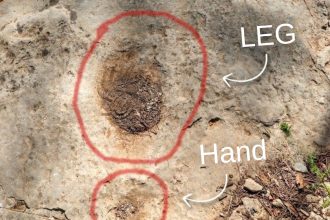A recently identified dinosaur species, Enigmacursor mollyborthwickae, is making waves in paleontology. This herbivorous dinosaur, comparable in size to a Labrador, enriches our comprehension of Jurassic-era ecosystems. Discovered in a commercial quarry between 2021 and 2022, the nearly complete fossil is now showcased at the Natural History Museum (NHM) in London.
A Fresh Addition to the Dinosaur Family Tree
Once classified under the now-eliminated genus Nanosaurus, Enigmacursor marks a significant advancement in dinosaur research. NHM paleontologist Susannah Maidment notes that the discovery “rewrites what scientists thought they knew about these ancient ecosystems.” The name Enigmacursor translates to “puzzling runner,” reflecting the creature’s remarkable agility and the mysteries surrounding its existence.
Living approximately 150 million years ago, Enigmacursor shared its environment with enormous herbivores like the Stegosaurus. Despite its modest stature, this dinosaur’s coexistence with much larger contemporaries highlights the diversity of Jurassic fauna. The fossil, thought to belong to a juvenile, showcases several unique features that separate it from other dinosaurs of its era.
Physical Characteristics of a Speedy Survivor
The almost complete skeleton reveals intriguing details about the dinosaur’s anatomy. One striking feature is its tail, likely longer than its body, contributing to its balance and possibly serving functions related to defense or communication, although researchers are still investigating its specific role.
Additionally, Enigmacursor’s feet were disproportionately larger than its body, indicating it was a swift runner. This anatomical structure suggests a high level of agility, enabling it to evade predators or pursue food. Maidment adds that, despite its speed, the dinosaur “probably wasn’t the brightest,” due to its relatively small head. This blend of quickness and limited intelligence sketches a picture of a creature well-equipped for survival in a challenging ecosystem.
Illuminating the Ecology of Small Dinosaurs
The uncovering of Enigmacursor is critical, not only for augmenting our knowledge of dinosaur diversity but also for enhancing understanding of Jurassic ecology. Smaller dinosaurs like Enigmacursor have frequently been overshadowed by their larger counterparts, yet this fossil underscores their significant ecological contributions.
With its swift movement, Enigmacursor was likely adapted to thrive in underbrush, feeding on vegetation inaccessible to larger herbivores. Its small size would have allowed for greater agility in navigating its habitat, presenting a complex puzzle for paleontologists striving to decode the intricate dynamics of life during the Jurassic.
As scientists delve deeper into studying this fossil, further revelations about the lifestyle and behaviors of Enigmacursor are anticipated. However, one point is evident: Enigmacursor mollyborthwickae is more than just a “puzzling runner”; it plays a crucial role in the ongoing narrative of Earth’s prehistoric life.












